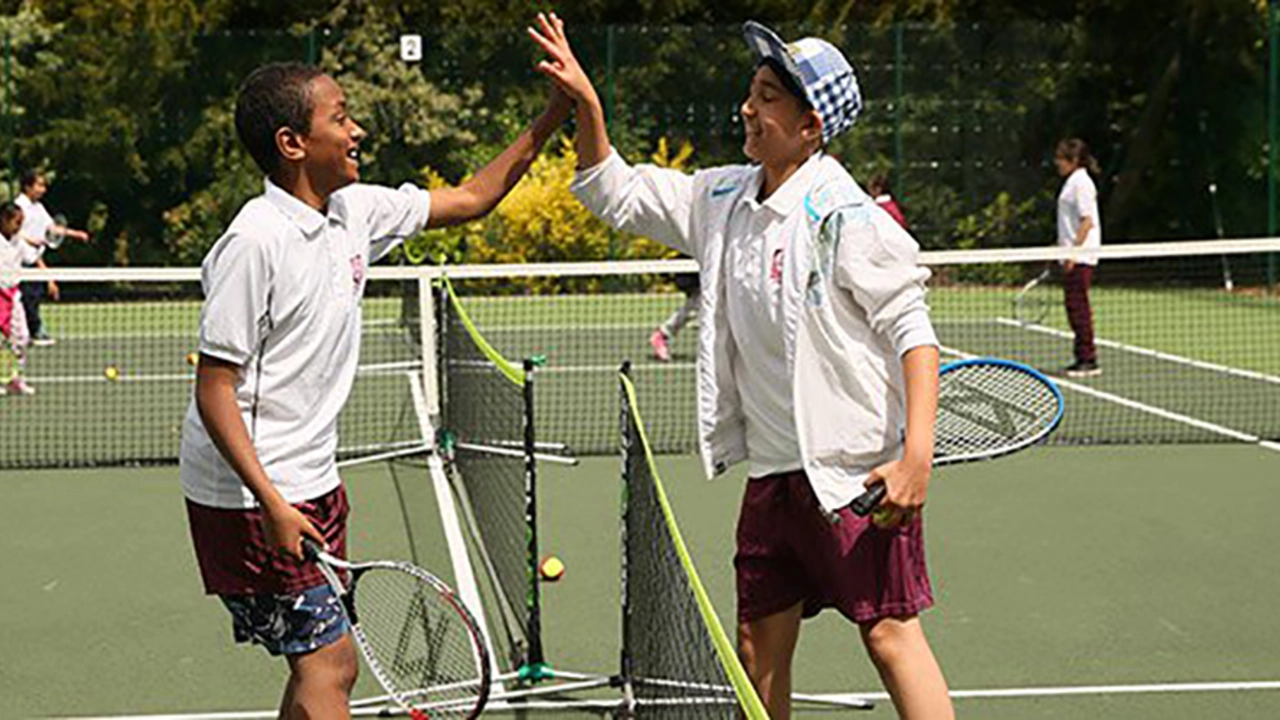Venue Size and Its Impact on Your Tennis Game
Ever walked onto a court and felt like the game changed the moment you stepped in? That’s not magic— it’s the venue size. Whether you’re playing on a compact indoor court or a sprawling outdoor stadium, the dimensions shape every shot, footwork, and strategy. Understanding those differences can give you a real edge, especially when you jump between clubs or travel for tournaments.
Standard Court Measurements
The official singles court is 78 feet long and 27 feet wide. Doubles adds two extra feet on each side, making it 36 feet wide. The service boxes are 21 feet from the net, and the net itself hangs at 3.5 feet in the center. Those numbers are set by the ITF and apply to most professional and club courts.
What many players overlook is the “play area” around the lines. A well‑maintained venue will have at least 21 feet of clear space behind each baseline and 12 feet on the sidelines. That buffer lets you chase deep balls without crashing into a fence. Smaller venues—like high‑school gyms or pop‑up courts—often cut that space, forcing you to adjust your positioning and shot selection.
Adjusting Your Play to Different Sizes
If you’re used to a full‑size court, a tighter space feels claustrophobic. In that case, focus on shorter, controlled strokes instead of powering every shot. Use angles to keep the ball in play and avoid long rallies that would normally wear out an opponent on a larger court.
On the flip side, a huge open venue—think a Grand Slam stadium—gives you room to hit deep, aggressive shots. Here, the key is to stay patient and wait for the right moment to unleash a big serve or a heavy forehand. Don’t rush; let the extra space work for you.
Another factor is surface. Hard courts, clay, and grass each have their own bounce characteristics, but the venue size can amplify those traits. A small clay court with low side clearance often feels slower because the ball has less room to lose momentum. Conversely, a large grass court can make the ball skid faster, especially if the grass is well‑kept.
Practicing on varied venues is the best way to get comfortable. If you only train on one size, you’ll develop habits that break down elsewhere. Spend a few minutes each week on a different court—maybe a community center court or a backyard setup—to teach your body to adjust on the fly.
Finally, mental preparation matters. When you step onto an unfamiliar court, take a moment to walk around, gauge the space, and picture where you’ll hit your serves and returns. A quick visual check can calm nerves and help you set realistic goals for the match.
Bottom line: venue size isn’t just a backdrop; it’s an active player in every point. Knowing the dimensions, respecting the play area, and tweaking your strategy accordingly will make you a more adaptable, confident competitor—no matter where the next match takes place.
